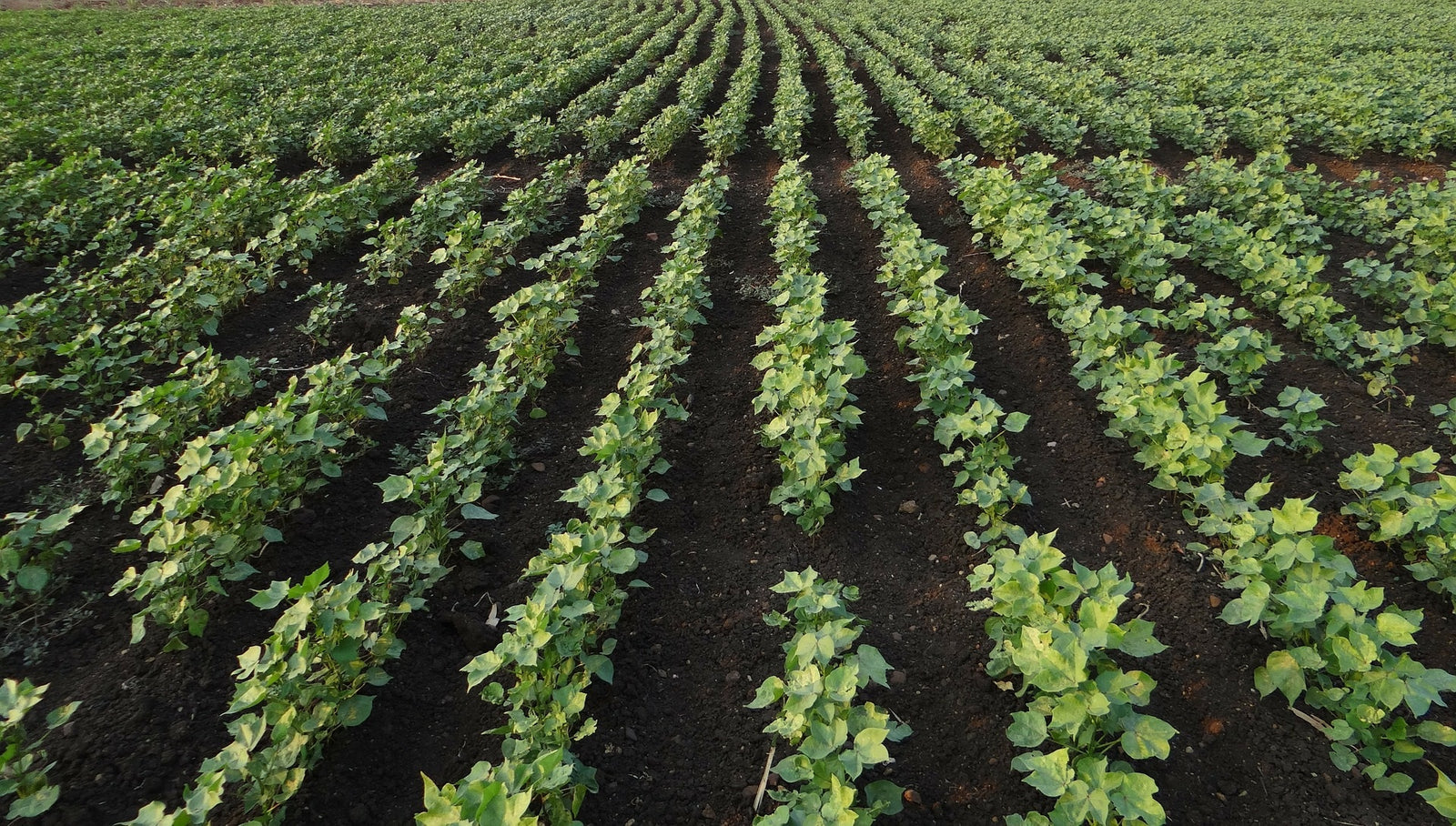Your Cart is Empty
Climate Change is an increasingly alarming phenomenon and many sectors in all corners of our global production are scrambling for ways to counter this concerning occurrence. One such sector is the agriculture sector, where there is an increasing interest and effort to reduce agricultural greenhouse gas emissions, which account for around 15% of global greenhouse gas emissions. A prominent farming method that has risen out of this effort is Regenerative Agriculture. But what exactly is Regenerative Agriculture? Here is how the Rodale Institute describes it:
Regenerative organic agriculture improves the resources it uses, rather than destroying or depleting them. It is a holistic systems approach to agriculture that encourages continual onfarm innovation for environmental, social, economic and spiritual wellbeing. Robert Rodale, son of American organic pioneer J.I. Rodale, coined the term ‘regenerative organic agriculture’ to distinguish a kind of farming that goes beyond simply ‘sustainable.’ Regenerative organic agriculture “takes advantage of the natural tendencies of ecosystems to regenerate when disturbed. In that primary sense it is distinguished from other types of agriculture that either oppose or ignore the value of those natural tendencies.” Regenerative organic agriculture is marked by tendencies towards closed nutrient loops, greater diversity in the biological community, fewer annuals and more perennials, and greater reliance on internal rather than external resources. Regenerative organic agriculture is aligned with forms of agroecology practiced by farmers concerned with food sovereignty the world over.
Simply put, it all comes down to soil health.
The number one priority in regenerative organic agriculture is soil health. Soil health is intrinsically linked to the health of our entire food system. Soil health affects everything from plant health to human wellbeing to the future of our planet. Regenerative methods prioritize soil health while simultaneously maintaining high standards for animal welfare and worker welfare. The entire idea is to create a farm system that works in harmony with nature to improve quality of life for every being and creature involved.

Regenerative Farming suggests a few standard ways to achieve this desired soil health- including conservation tillage, cover crops, crop rotation, residue retention, and composting with organic matters. All these activities contribute to encouraging, keeping, and bringing life to the soil food web. There may not be a myriad of methods involved in achieving living, healthy soil, but these seemingly simple methods are not easy to put into practice. From the perspective of farmers, they have to endure economic losses for a certain period of time when using regenerative processes. This method does not go easy on home gardeners either- they also have to overcome numerous variables and difficulties that arise from growing in different environments.
All in all, a lot of thought and considerations are required before one can commit to regenerative farming. It’s not an easy task even for someone who really loves this planet and wants to make it their life mission to create a good environment to pass on to the next generation. Therefore, your decision on whether or not to get onboard with regenerative agriculture should depend on your answer to this question: ‘Is it worth doing this for our Earth and am I ready to face the necessary hardships and commit?’
To help you on your path, here are some tips on how to become an expert on regenerative agriculture directly from a regenerative organic farmer:
https://rodaleinstitute.org/blog/7-plants-for-your-regenerative-organic-garden/
Comments will be approved before showing up.
